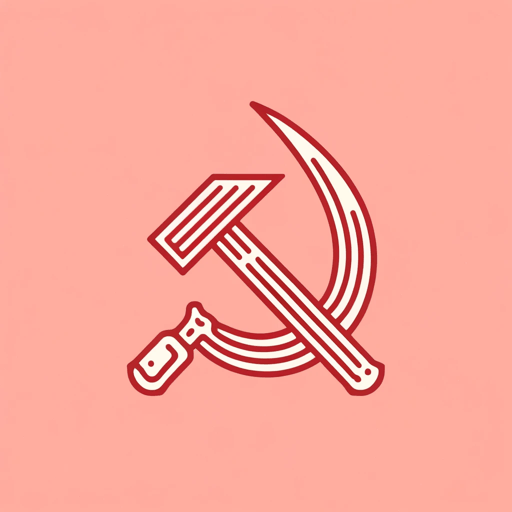45 pages • 1 hour read
Vladimir LeninThe State and Revolution
Nonfiction | Book | Adult | Published in 1917A modern alternative to SparkNotes and CliffsNotes, SuperSummary offers high-quality Study Guides with detailed chapter summaries and analysis of major themes, characters, and more.
Summary and Study Guide
Overview
State and Revolution (1917) is a tract by the Russian theorist and revolutionary Vladimir Lenin. In the essay, Lenin analyzes the nature and development of the state through the lens of class warfare and revolution. He examines the historical case studies of the 1848 European revolutions and theorizes about the transition from capitalism to communism, which Marxist theory regards as a historical inevitability. State and Revolution was the last major work Lenin produced before the Bolshevik seizure of power in November 1917, leading to the establishment of the Soviet Union. It is therefore viewed retroactively as the primary theoretical justification for the Bolshevik seizure of power, although Lenin only mentions that event in a postscript.
This guide uses the Marxists Internet Archive e-version, transcribed from Lenin: Collected Works, Volume 25, published by Progress Publishers in 1964, translated by Stepan Apresyan and Jim Riordan. All quotations list chapters and sections rather than page numbers.
Content Warning: This source text reflects some of the language and ideas of its time, which may not align with modern sensibilities.
Summary
The tract is divided into six sections. The tract does not proceed in a clear sequence, often repeating many of the same points in a slightly different context. The essay explores the central themes of The State as Instrument of Class Warfare, The Whitewashing of Marxist Theory, and Lenin’s insistence that Communism is Not a Utopia.
Lenin’s main concern is that socialists, many of them describing themselves as Marxists, have too easily reconciled themselves to the existence of the bourgeois state—the state run by and for the capitalist owners of the means of production. Lenin complains that many socialists supported their respective state’s march to war in August 1914, a war still raging at the time of writing. Lenin contends that the socialists have settled for roles in a legislative body, working within the machinery of state instead of resisting the state itself. Lenin insists that the state is, by nature, an instrument of class warfare, specifically designed to suppress the working class, also known as “the proletariat,” in Marxist theory. He argues that the state has developed a highly-sophisticated apparatus of repression to preserve the privileges of the ruling elite.
While social democracy is a worthwhile short-term tactic to give the proletariat time to develop class consciousness, the only possible outcome is the destruction of the state, according to Lenin. This will require the proletariat to use the apparatus of repression against the enemies who have used the state to oppress them. Since the proletariat are the majority, they will eventually win, end class warfare, and then the state itself will gradually wither away.
Lenin extensively mines the writings of Marx and Engels to present his position as aligned with theirs. He denounces other Marxists whom he claims distort the teachings of Marx and Engels out of squeamishness or self-interest. Lenin cites the example of the Paris Commune as an early, but imperfect demonstration of what was accomplished when state power was abolished and replaced by a true government of the people. While Lenin does not deviate from the ultimate need for revolution, he does counsel a degree of caution. He emphasizes the necessity of awaiting the development of favorable revolutionary conditions, arguing that, otherwise, socialists will meet the same grisly fate as the Parisian Communards. Nevertheless, Lenin ends with a call to establish the revolutionary dictatorship of the proletariat.
Related Titles
By Vladimir Lenin


